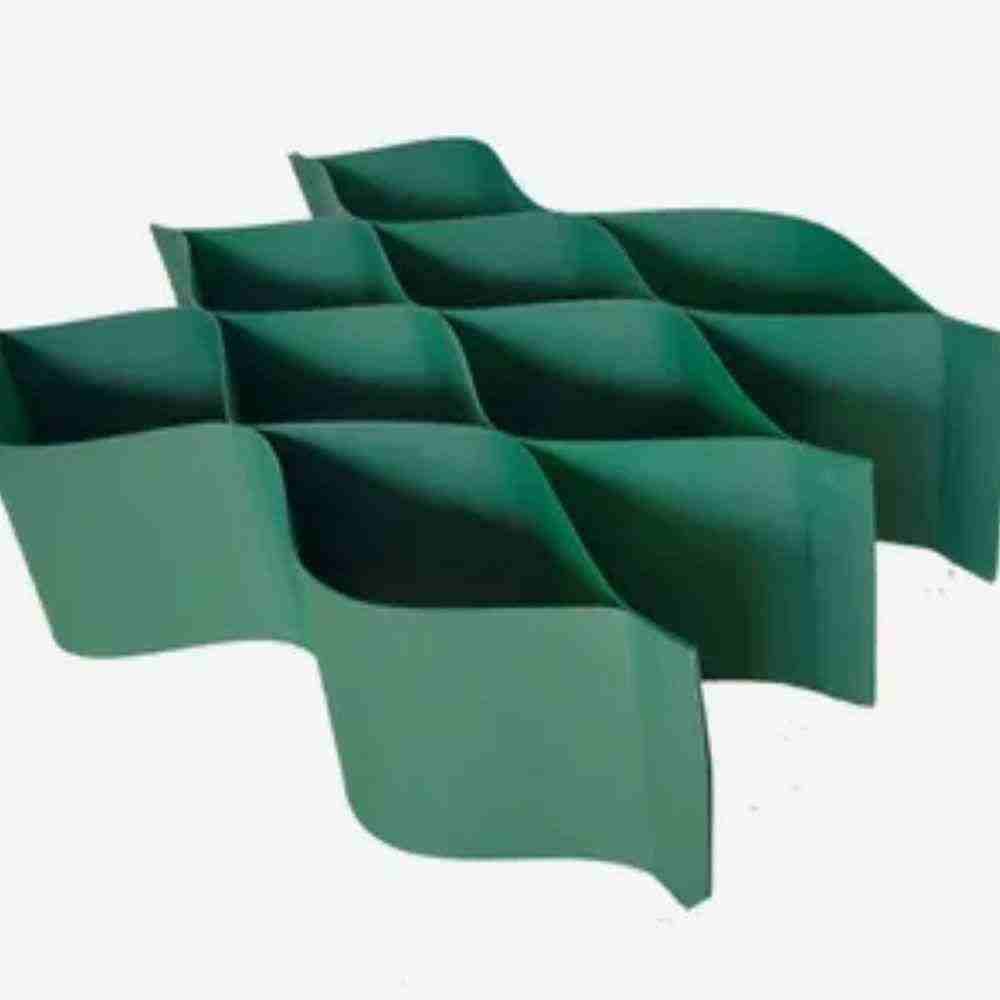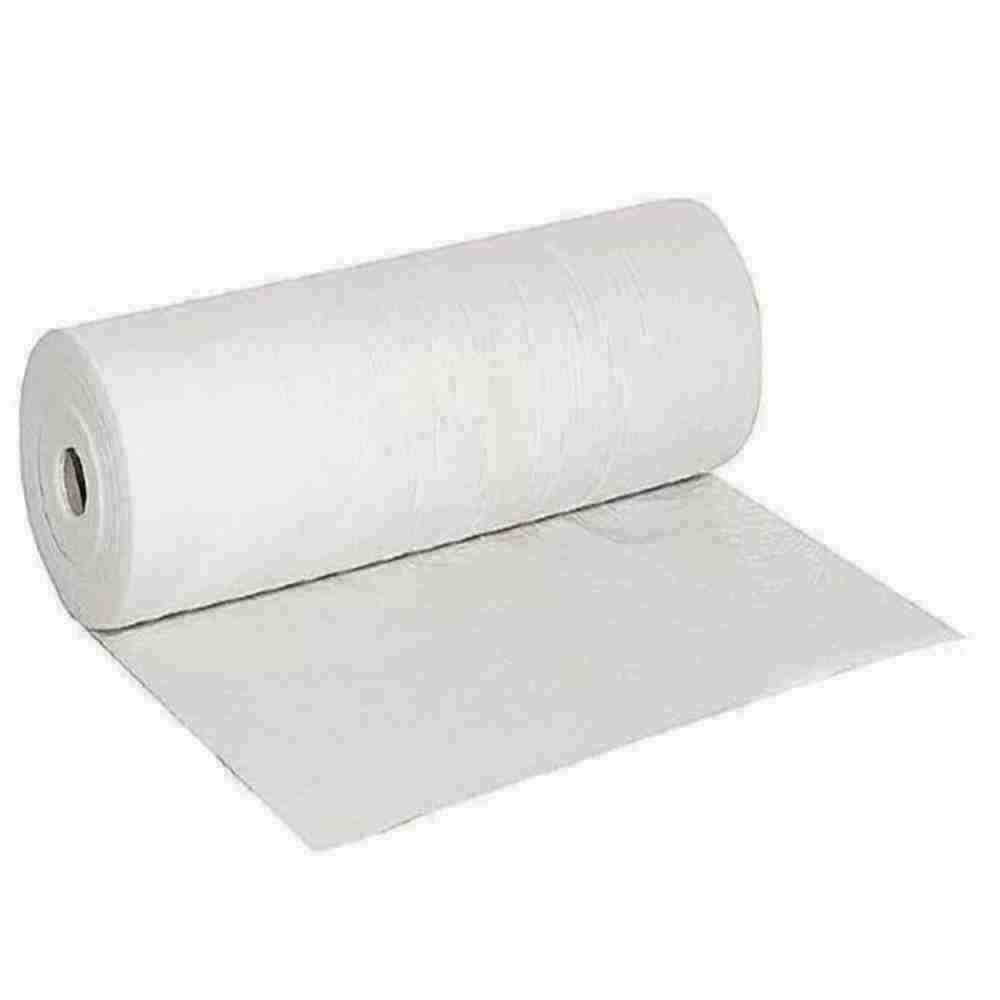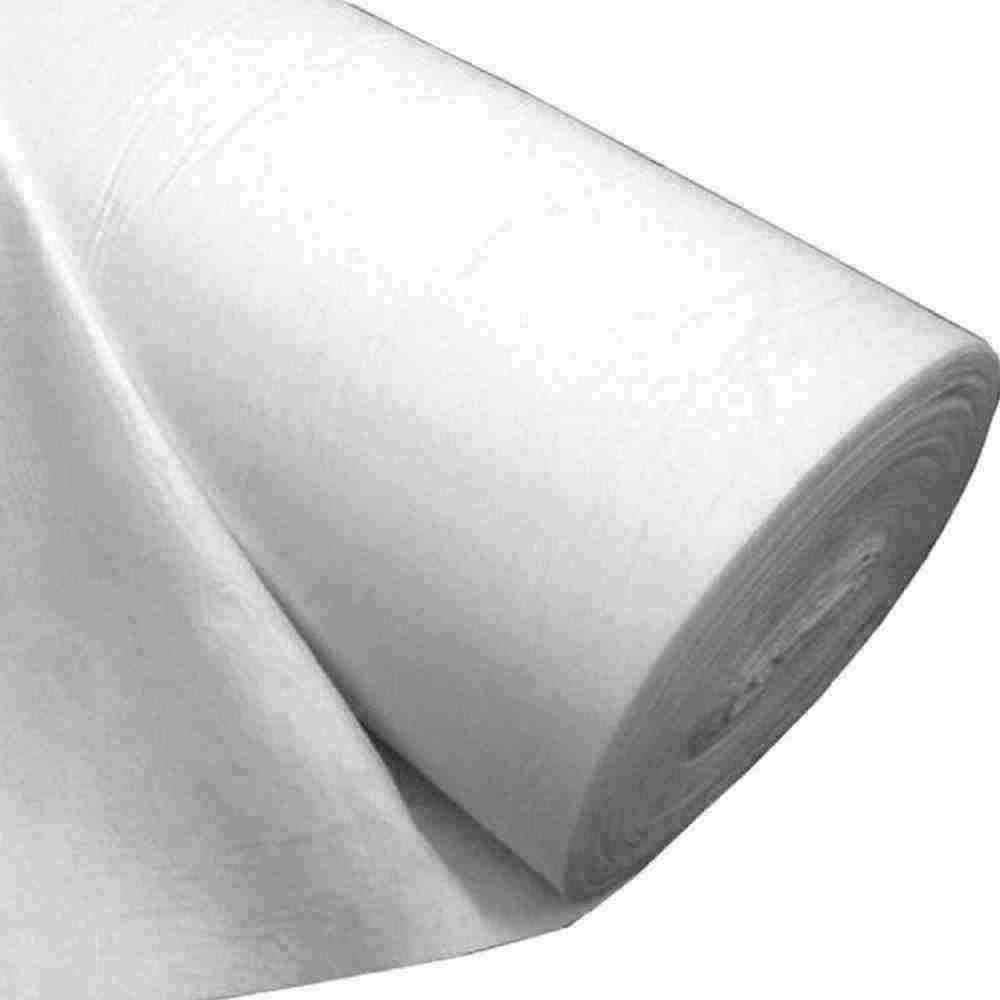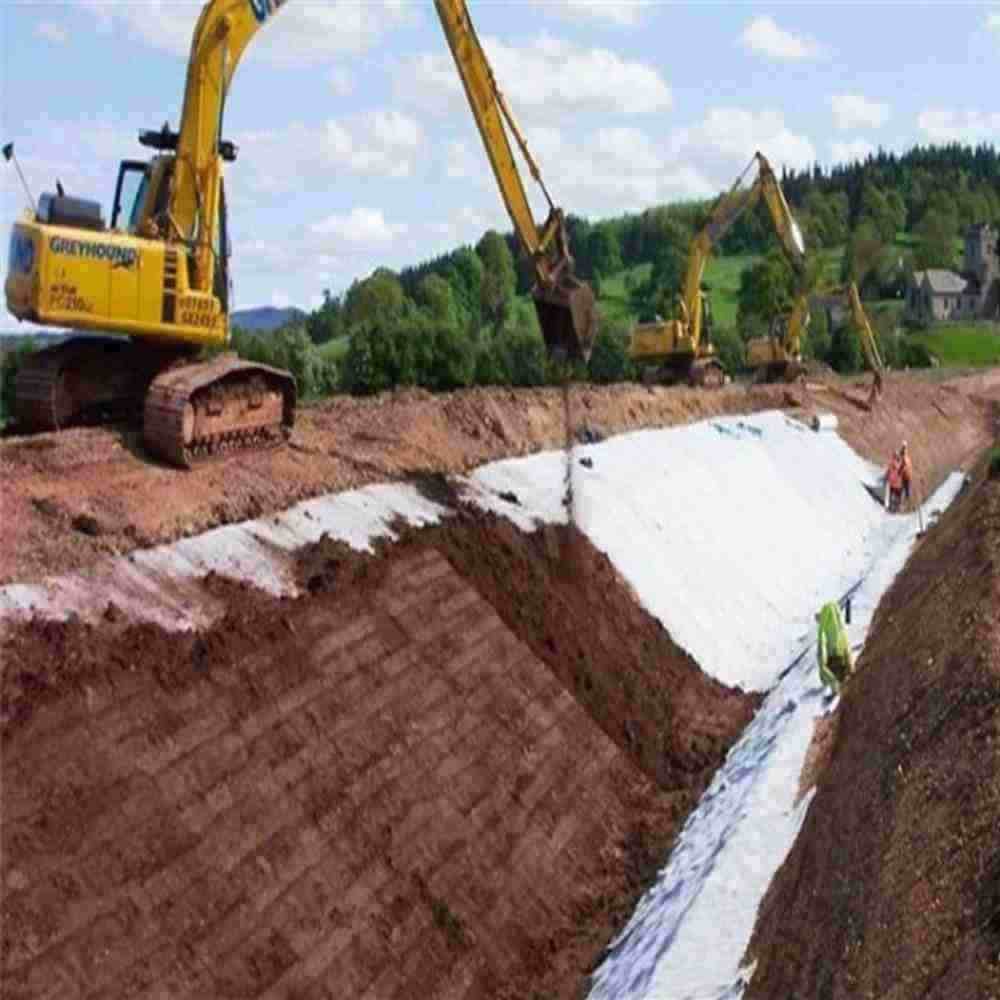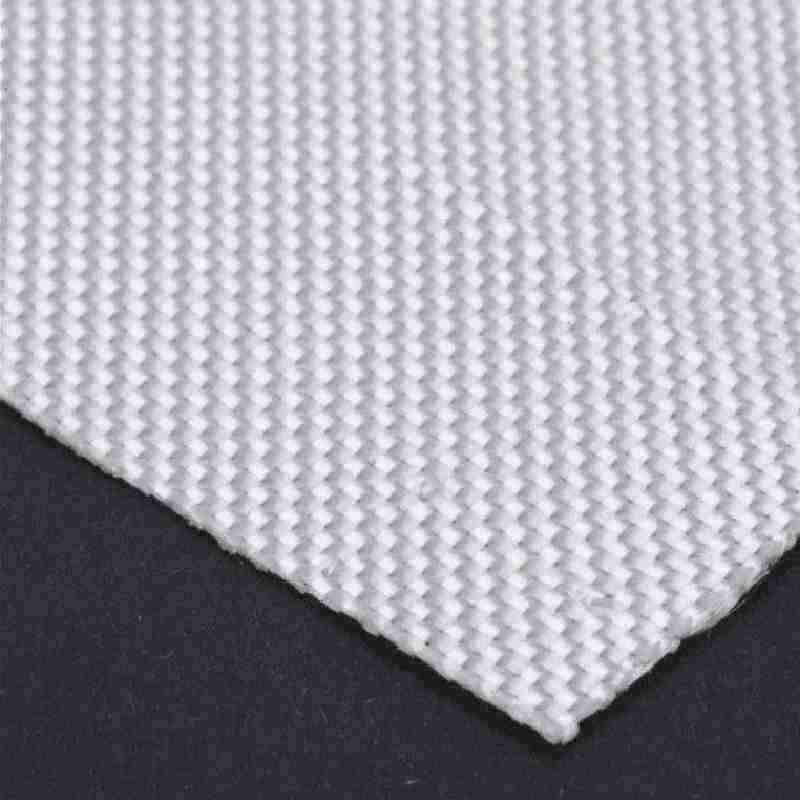
Discover the Differences Between PP and PET Non-Woven Geotextile Fabrics
Release time:
2024-11-25 14:34
PP and PET are two common materials used in the production of non-woven geotextiles, which are commonly used in civil engineering and construction projects. While both materials serve a similar purpose, there are some key differences between the two that can affect their performance and suitability for different applications.
PP, or polypropylene, is a thermoplastic polymer that is widely used in the production of non-woven geotextiles. It is known for its high tensile strength, durability, and resistance to chemicals and UV radiation. PP geotextiles are commonly used in applications where high strength and durability are required, such as road construction, embankment stabilization, and erosion control.
On the other hand, PET, or polyethylene terephthalate, is another common material used in the production of non-woven geotextiles. PET geotextiles are known for their high tensile strength, resistance to stretching, and excellent abrasion resistance. They are often used in applications where high tensile strength and resistance to abrasion are required, such as in mining, landfill construction, and coastal protection.
One of the key differences between PP and PET geotextiles is their resistance to biological degradation. PP geotextiles are resistant to biological degradation, making them suitable for applications where exposure to biological agents such as bacteria and fungi is a concern. In contrast, PET geotextiles are susceptible to biological degradation, which can limit their lifespan in certain applications.
Another important difference between PP and PET geotextiles is their thermal stability. PP geotextiles have a higher melting point than PET geotextiles, making them more resistant to heat and fire. This makes PP geotextiles suitable for applications where exposure to high temperatures or fire is a concern, such as in road construction and drainage systems.
In terms of cost, PP geotextiles are generally more affordable than PET geotextiles, making them a more cost-effective option for certain applications. However, PET geotextiles are known for their superior strength and durability, which can justify the higher cost in applications where these properties are essential.
In conclusion, while both PP and PET geotextiles have their strengths and weaknesses, the choice between the two will ultimately depend on the specific requirements of the project and the conditions in which the geotextiles will be used. Understanding the differences between these two materials can help engineers and project managers make informed decisions when selecting geotextiles for their projects.
Latest developments

